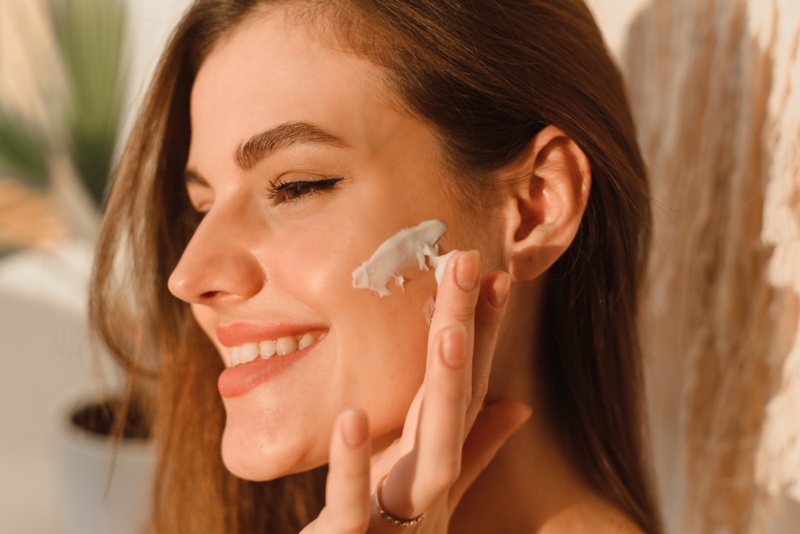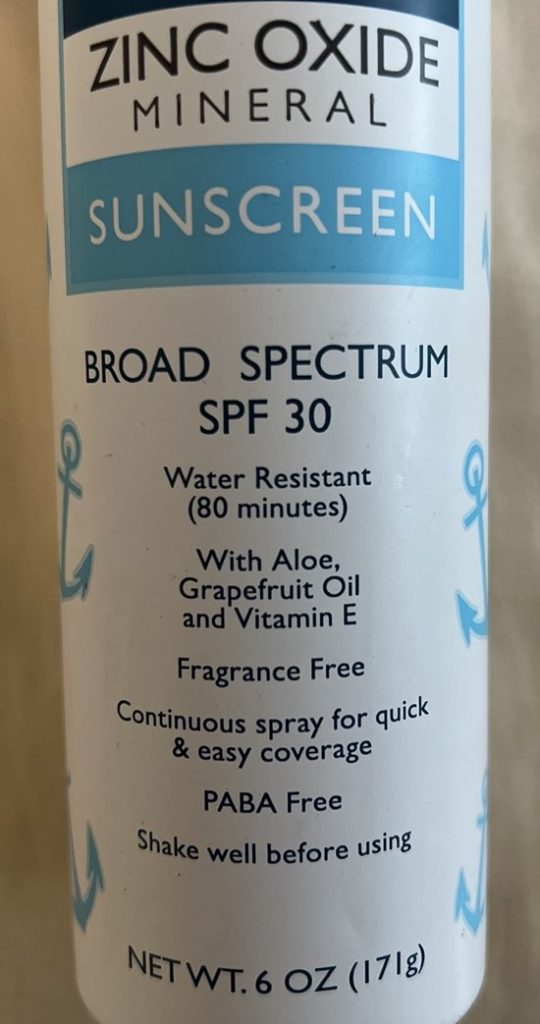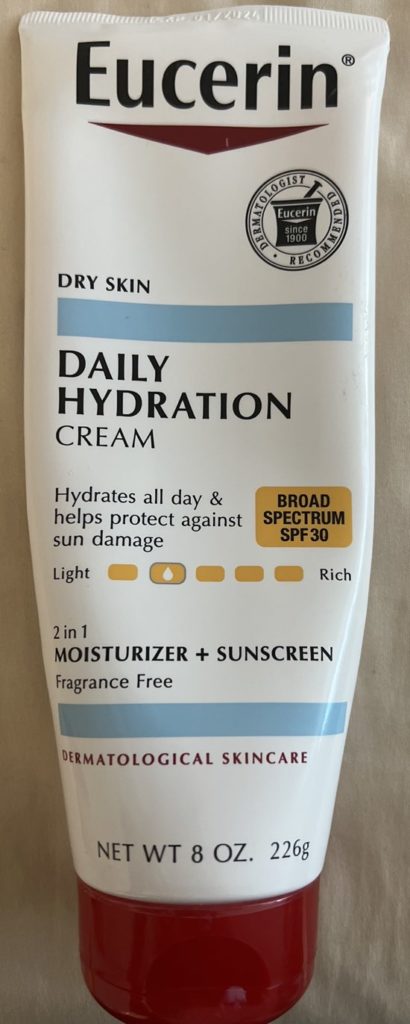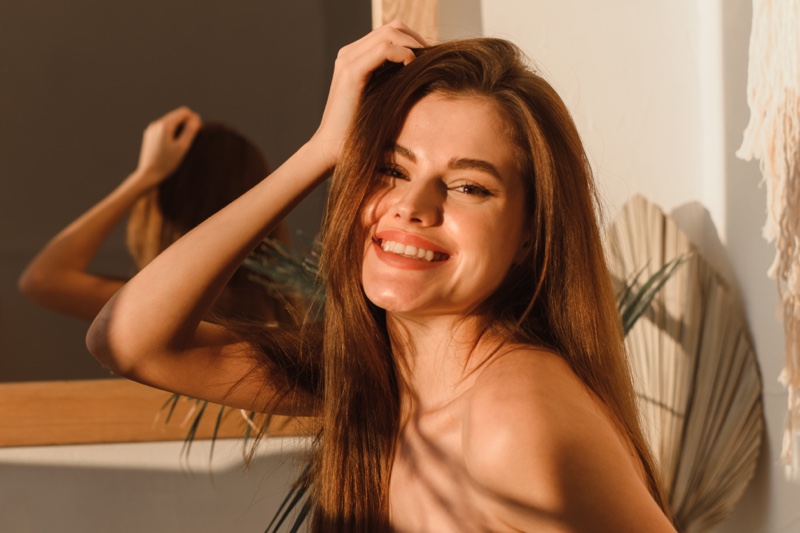Melasma, hyperpigmentation, dark patches, DNA damage, premature aging, skin burns and worst of all, melanoma- the deadliest skin cancer! Too much exposure to ultraviolet radiation from the sun’s rays is one of the biggest triggers of all these skin concerns. To combat all skin-related issues, you must incorporate and use sunscreen in your everyday routine regularly. Forget all your other skincare products for once but never step outside without a broad-spectrum sunscreen.

About Sunscreen
Apart from saving your skin from harmful UVA and UVB rays and their potential risks, Sunscreen also slows down your premature aging signs like wrinkles, and fine lines and protects the collagen of the skin. But when choosing sun protection, you have two choices, Chemical and Physical sunscreens. They work differently so it matters to choose the right one according to your skin type and preference.
Physical Sunscreen

- Physical Sunscreens are also known as mineral sunscreens
- The major difference between both the sunscreens is how they block rays.
- Mineral sunscreens don’t allow UVA and UVB rays to enter the skin. They act as a shield and as a physical barrier on the outer layer of skin which is the epidermis and deflect the harsh rays.
- Another important difference is that this physical sunblock offers immediate protection as soon as you apply it, unlike chemical sunblock which easily takes around 15 minutes to start working.
- The third difference is Mineral sunscreens are even good for sensitive skin type, pregnant women and kids as it guards the skin from just outside and hence have very low chances of any irritation.
- The fourth difference is mineral sunscreens don’t rely on chemicals to work and hence need to be applied less often compared to chemical ones which break down over time and lose the ability to protect the skin. So, if you’re looking for all-day protection, go for Mineral sunscreens because they will last longer.
- The next difference between them is Mineral formulas are less likely to sting if they come in contact with your eyes because they are gentler compared to chemical formulas.
- Lastly, physical sunscreens contain titanium dioxide and zinc oxide as the two only ingredients and the ingredients are white in color and work by sitting on the skin’s surface but that’s why applying physical sunscreens can be a tad bit annoying as it leaves the greasy white cast on the skin because of the presence of zinc oxide and titanium dioxide. The cast fades away in less than 15 mins if you have nicely massaged and rubbed it in properly.
- Can white cast be avoided in mineral sunscreens? When you want to stick to mineral sunscreen and want to manage the white cast issue – Choose tinted mineral sunscreens: Tinted mineral sunscreens not only protect you from sun damage but also act like a bb cream or a light natural concealer for any pigmentation or patches. You can choose the color according to your skin tone and voila you get to use mineral sunscreen your way.
Chemical Sunscreen


- Chemical sunscreen ingredients contain chemical UV filters like oxybenzone, avobenzone, octinoxate, homosalate, octocrylene and octisalate.
- Chemical sunscreens first absorb into the skin then it absorbs all the UV rays inside and converts these rays into heat and release them from your body.
- Chemical sunscreens are very smooth and easy to apply. It leaves no white cast or color. It glides on your skin nicely.
- Chemical sunscreens are not unsafe but, in my opinion, if you are pregnant always choose a gentler option if you can, hence choose physical sunscreen in the pregnancy period.
- Chemical sunscreens take around 15 mins to absorb properly in your skin and start working so, apply sunscreen 15 min prior before stepping outside.
- You need to reapply it every 2 hours.
- People with sensitive skin or skin conditions like rosacea or melasma may get irritation or unwanted inflammation from chemical sunscreens.
- When it comes to kids, older kids are better at using chemical sunscreens than little ones.
Let’s do an easy clear comparison chart of physical and chemical sunscreen
| Physical sunscreen | Chemical sunscreen |
| Doesn’t get absorbed into the skin & protects the skin by shielding it from the outside & deflecting the rays | Gets absorbed in the skin, traps the UV rays & converts them into heat & releases them from the body |
| Good for sensitive skin types | Might irritate sensitive skin types |
| Active ingredients- Titanium dioxide and Zinc oxide | Active ingredients- Oxybenzone, Avobenzone, Octinoxate, Homosalate, Octocrylene, Octisalate |
| Greasy texture to apply & leaves a clownish white cast | Very smooth in application, and doesn’t leave any white cast |
| Nothing gets absorbed in the bloodstream & or harms the environment | Chemical filters in it have been found to be absorbed in the bloodstream but within the FDA-guided safety limit. Octinoxate & oxybenzone harms the coral reef. |
| Lasts longer | Needs to reapply more in comparison to physical sunscreens |
| Immediate effect | Takes 15 mins to absorb in and starts effecting |
Chemical vs Physical sunscreen- The more powerful sunscreen?
Formulating a perfect sunscreen with a smooth texture, no white cast, and lightweight and non-greasy all in one is a real pain in the ass, told by many chemists. Applying sunscreen religiously every day is not easy for a lot of people. The only thing which drives them to use sunscreen in their routine is texture, in my opinion. So, the more powerful sunscreen is, the one you are willing to use every day and are ready to reapply every 2 hours. Hence, just choose a sunscreen you find easy & would apply every damn day. Any sunscreen is much better than no sunscreen.
Are Chemical sunscreens safe? A few controversies!
- There have been recent findings regarding chemical sunscreen absorption in the blood. The FDA tested seven chemical sunscreen filters and found all of them were absorbed into the bloodstream but over the safety limit of 0.5ng/ml. This may sound a tad bit concerning but there’s still no straight answer here about it causing any skin cancer. The FDA is investigating the safety of chemical sunscreen filters and we are waiting for more updates. Also, they are not at all saying to abandon the chemical sunscreens since there’s no real conclusion. But there is enough proof and reports of UVB rays causing skin cancer.
- Two active Chemical sunscreen ingredients and filters, Oxybenzone and Octinoxate are banned in Hawaii due to their impact on coral reefs. Studies have shown that these two filters cause coral bleaching, impact their reproduction & also cause deformation in young coral. So, if you plan to do some coral reef snorkeling anytime in the future, just reach out for water-resistant physical sunscreens.
What to look for when choosing sunscreen?
- Choose between 30-50 SPF range
- Make sure you’re getting both UVA and UVB rays protection, hence look for the term “broad spectrum”.
- Reapply every 2 hours
- If you’re spending a lot of time in the water, choose a sunscreen based on a water-resistance limit
- Always opt for a brand that makes non-comedogenic sunscreens
- PABA free
- Fragrance-free and oil-free
- Paraben free
- Expiration date
What is UVA, UVB, UVC?
UVA- UVA makes up to 95% of the ultraviolet rays from sun’s rays that reach our skin. It is the longest of the 3 wavelengths. UVA rays go deep in the dermis of the skin and are the main culprits behind photoaging. That’s why look for the term “broad spectrum” on your sunscreen to make sure it covers both UVA+UVB protection.
UVB- UVB makes up the remaining 5% of the ultraviolet rays that reach our skin. Because of a shorter wavelength compared to UVB, it only reaches the epidermis which is the outer layer of skin. It is the most harmful of all the rays and is solely responsible for sunburn and skin cancer.
UVC- Shortest of the 3 wavelengths. It gets absorbed by the stratosphere and ozone thus, we can easily ignore it without worrying.
What is the meaning of SPF 15,30? (Don’t skip this!)
You might think SPF 30 must offer twice the protection of an SPF 15 but no that’s not how SPF value works. SPF 15 means it can block around 1/15th of the UVB or roughly 93% of UVB, while SPF 30 sunscreen blocks about 97% of UVB but both need to be reapplied every 2 hours.
SUNSCREEN FAQs
1. Can sunscreen be the cause of my breakouts?
Choose better textures -the European and Asian formulas are lighter. Also, chemical sunscreens have lighter textures and are more friendly to oily-acne-prone skin types. Tinted Mineral sunscreen is also a good option for you.
2. How should I layer my sunscreen?
As the last step of your skincare routine. Applying anything over it runs the risk of interfering with and diminishing sun protection.
3. Can I use expired sunscreen?
Don’t do it, honey! NO, Sunscreen formulation is finicky enough to formulate already. When it’s time to go, let it go.
4. Can I use SPF 100?
SPF 50 blocks 97% of the UVA and UVB rays. Anything above that will come in a super greasy, heavy texture that’ll leave a white cast. So, SPF 50 should be perfect for you.
5. How do I get vitamin D with sunscreen on?
Modern problems come with modern solutions,
- Increase your foods that are high in vitamin D like eggs, milk, and fish.
- Start a vitamin D tablet, 1000 mg every day
- If you persist in taking vitamin D from the sun only, then sunbathe in the morning before 10 AM or in the evening after 5 PM for 10-15 mins every day and that’s sufficient. Afternoon sun rays are really damaging!
Conclusion

Physical/Mineral and Chemical sunscreens- Which one is right for you?
- Oily skin /in water- Chemical sunscreens tend to have thinner and smoother textures. Choose a fragrance-free one.
- Dry skin- Go for thicker texture fragrance and alcohol-free chemical sunscreens
- Sensitive skin / Little kids/Rosacea/ Melasma skin conditions- Go for fragrance-free SPF 30 physical sunscreen
- Acne-prone skin types – Tinted physical sunscreens/chemical sunscreens
I hope I have cleared up some of your doubts and lastly, choose any sunscreen you like or that suits your skin type between the SPF range of 30-50, especially people with Ivory skin are at the most risk of getting severe burns and cancer unfortunately compared to deeper skin tones. Wear sunscreen every single day in your skin care routine. Trust me, it will save you from loads of unnecessary skin issues.
Love~ Beauty Stroll
